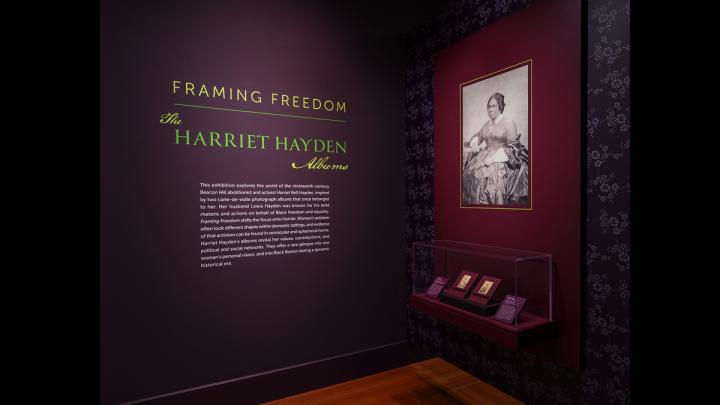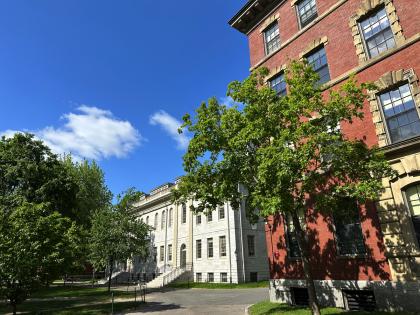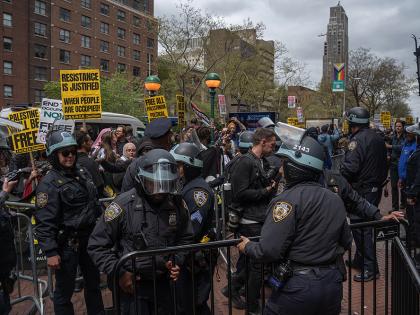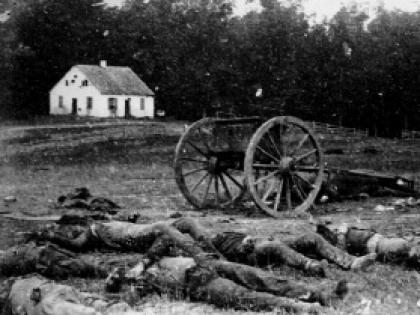The two photographic albums at the center of the Boston Athenaeum’s current exhibit, “Framing Freedom,” are deceptively humble: small and squat, with worn leather covers and heavy metal clasps. But the albums, which belonged to nineteenth-century abolitionist Harriet Hayden, are rare and remarkable artifacts, containing dozens of carte-de-visite portraits that shed light on an influential corner of Boston’s anti-slavery movement and hint at a larger nationwide network of African American activists, artists, and politicians. The photographs also reveal a number of Harvard connections, including early black alumni and Hayden herself, who died in 1893 and bequeathed her entire estate to the University to establish a scholarship for black students at Harvard Medical School. That scholarship persists to this day.
“In the albums, you can see the range of people involved in this struggle for black equality,” says exhibit co-curator Makeda Best, Ph.D. ’10, a former curator of photography at the Harvard Art Museums. “They’re teaching, they’re in the army, they’re organizing historical records of African American activity. They’re forming community and building toward freedom. And Harriet Hayden and her husband, Lewis, were absolutely at the center of this.”
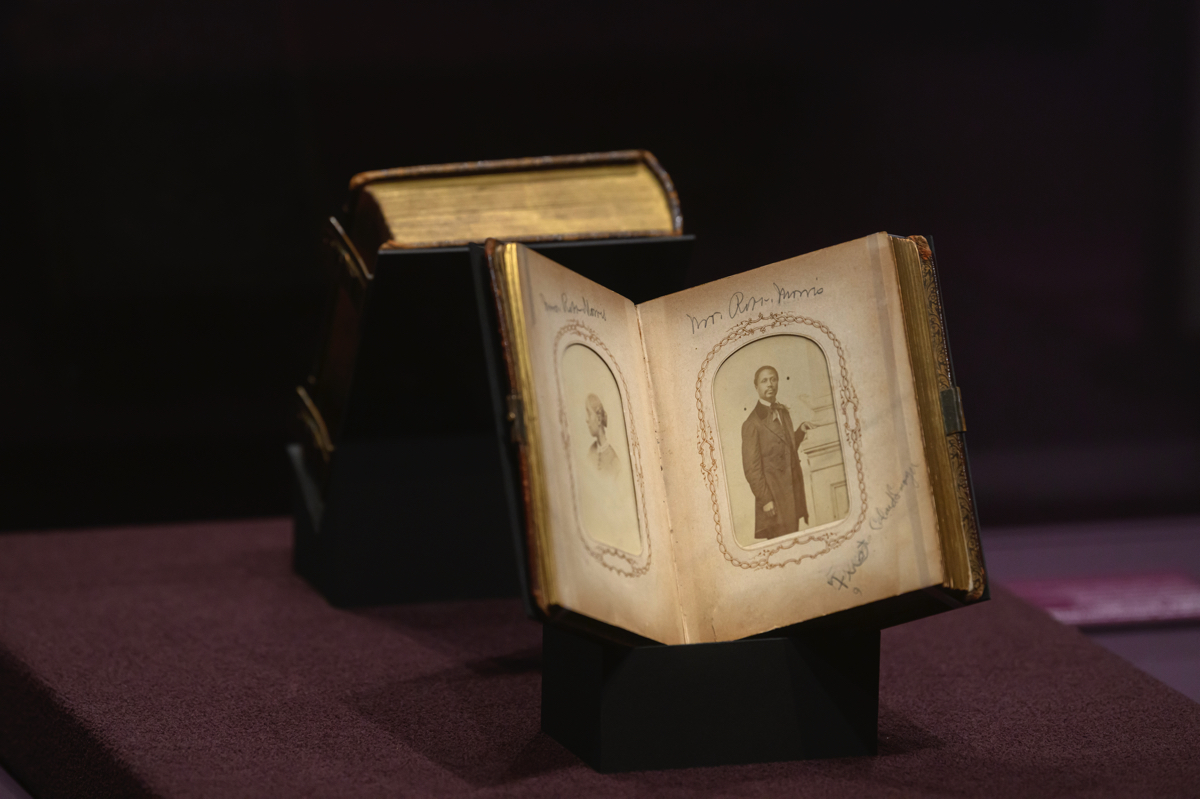
The Haydens—Harriet, Lewis, and her son Joseph—had escaped from slavery in Kentucky in 1844, eventually settling in Boston. Their house on Beacon Hill, at 66 Phillips Street, became an important stop on the Underground Railroad, and the Haydens helped hundreds of enslaved people make their way to freedom after the passage of the Fugitive Slave Act of 1850, sheltering many of them under their own roof. John Buchtel, curator of rare books and head of special collections at the Athenaeum, estimates that one-fourth of the “freedom seekers” who passed through Boston on the Underground Railroad stopped at the Haydens’ house.
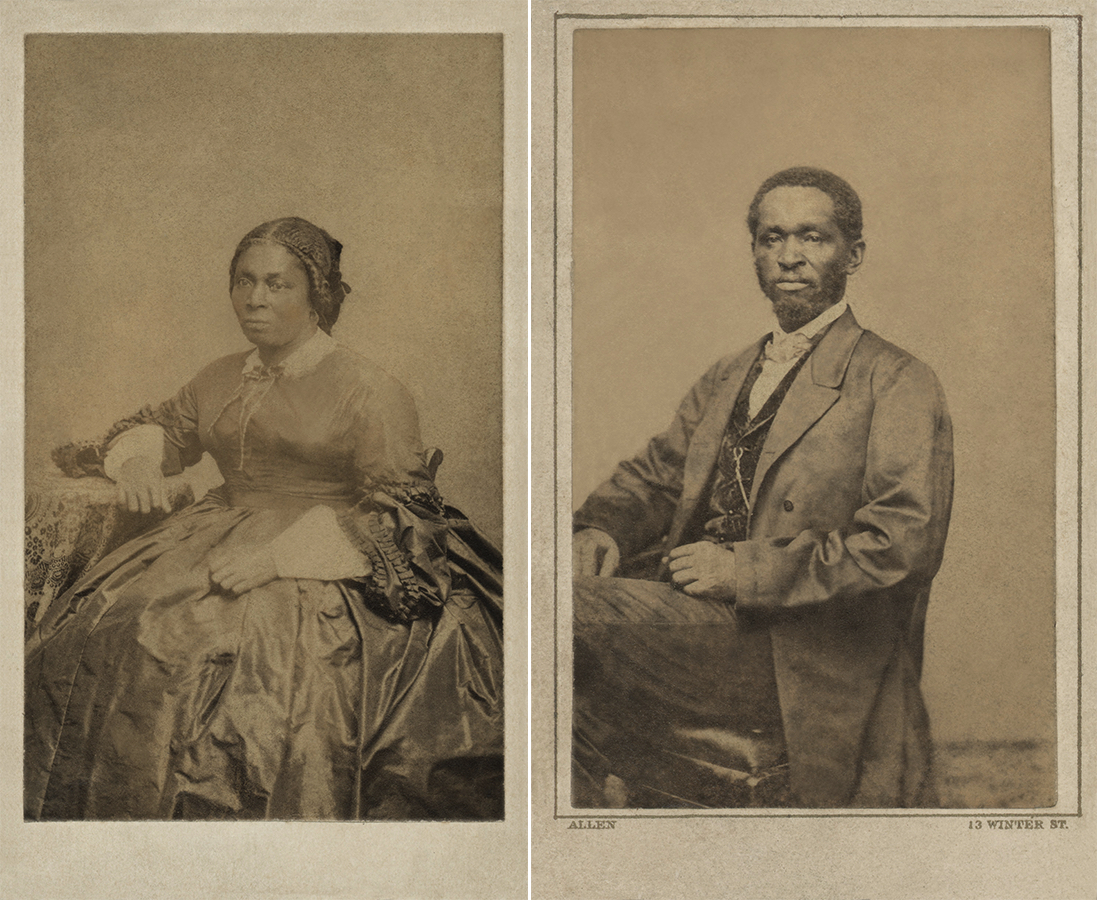
The couple also hosted prominent abolitionists, including Frederick Douglass, William Lloyd Garrison, and William and Ellen Craft. John Brown stayed with the Haydens in 1857 and 1859, when he was planning his raid on Harper’s Ferry, which the couple helped raise money to support. (The exhibit includes a large reproduction of an artist’s depiction of the Haydens’ parlor, with two long pikes made for the Harper’s Ferry raid leaning up against a wall.) Author Harriet Beecher Stowe visited in 1853, soon after Uncle Tom’s Cabin was published, and on a day when, Buchtel says, “There were 13 people being sheltered in the house.” It was the first time, he adds, that Stowe had seen such a large group of formerly enslaved people. In 1862, the Haydens hosted a Thanksgiving dinner that included Massachusetts governor John Albion Andrew and 20 or so members of the African American abolitionist community; almost immediately afterward, Andrew began agitating for a regiment of black Union soldiers, which became the 54th Massachusetts Infantry Regiment. One theory holds, Buchtel says, that it was at that Thanksgiving dinner, put together by Harriet Hayden, that the governor was persuaded to recruit black soldiers. “Her activism was rooted in caregiving,” says Best, who now serves as deputy director of curatorial affairs at the Oakland Museum of California. “And caregiving work is movement work.”
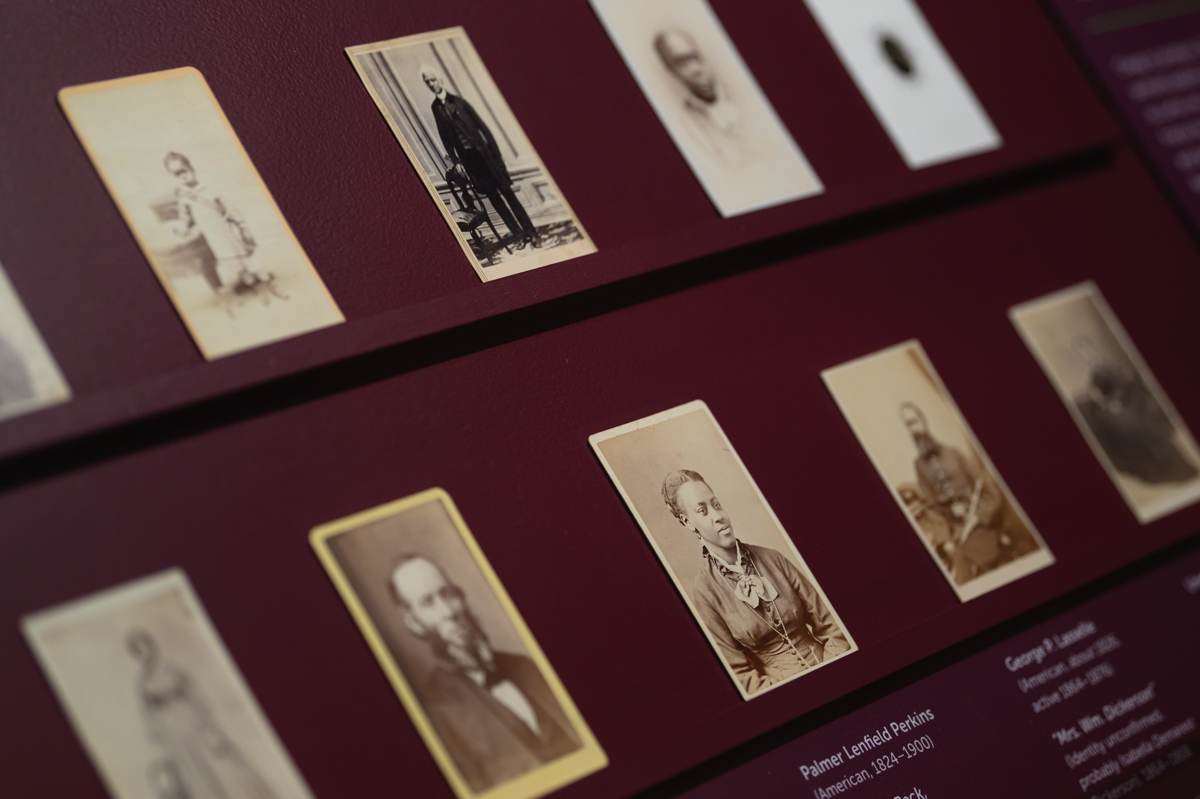
The exhibition is, in part, “an act of recreation,” says Best, gathering artifacts and records meant to illuminate the broader historical context, including Lewis Hayden’s public activism as an organizer for the Boston Vigilance Committee (formed in the wake of the Fugitive Slave Act), and later, his term as a member of the Massachusetts House of Representatives after the Civil War. But the heart of the show—deeply affecting and transfixing—are the photographs themselves. Unlike many carte-de-visite albums, filled mostly with celebrities, the images that Hayden collected mostly depicted people she knew: friends, collaborators, everyday individuals who were part of her anti-slavery network (including the photographers, many of whom were black). A striking number of images depict women and girls (showing, Best says, that “abolition was family work”), and nearly every person pictured is African American. They stand or sit in poses and clothing they’d chosen themselves, sometimes with ornate set pieces or backdrops. And, in photo after photo, they gaze directly into the camera—a striking and unusual act for African Americans in the 1860s, Buchtel says.
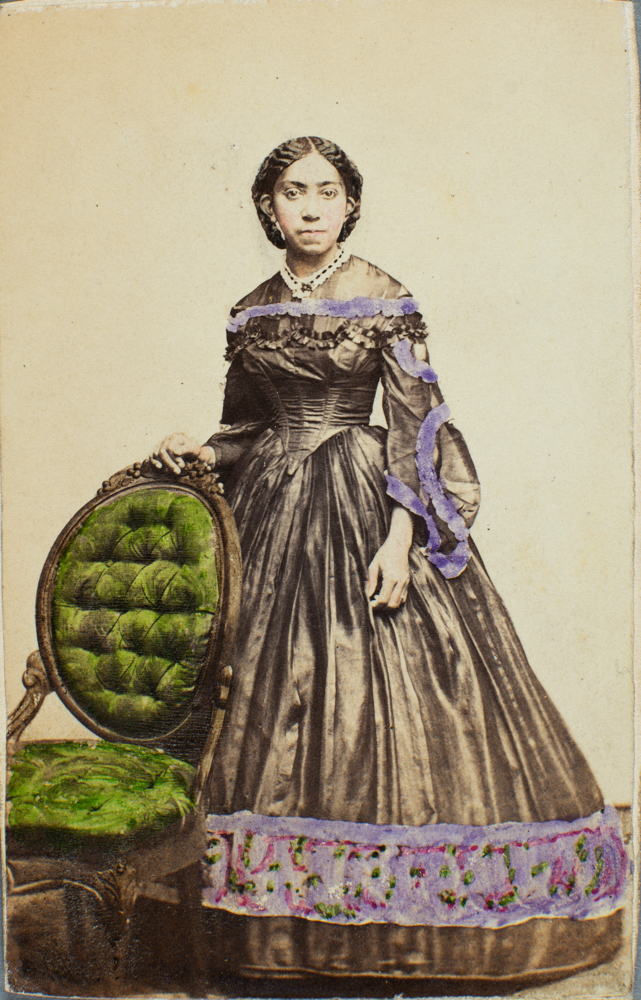
One of the subjects is George Lewis Ruffin, LL.B. 1869, the first black person to earn a law degree from Harvard, who, in 1883, became the first black judge in Massachusetts. Another is Virginia Molyneaux Hewlett Douglass, daughter of the first African American instructor at Harvard (her father, Aaron Molyneaux Hewlett, was superintendent of the University’s gymnasium) and wife of Frederick Douglass’s son.
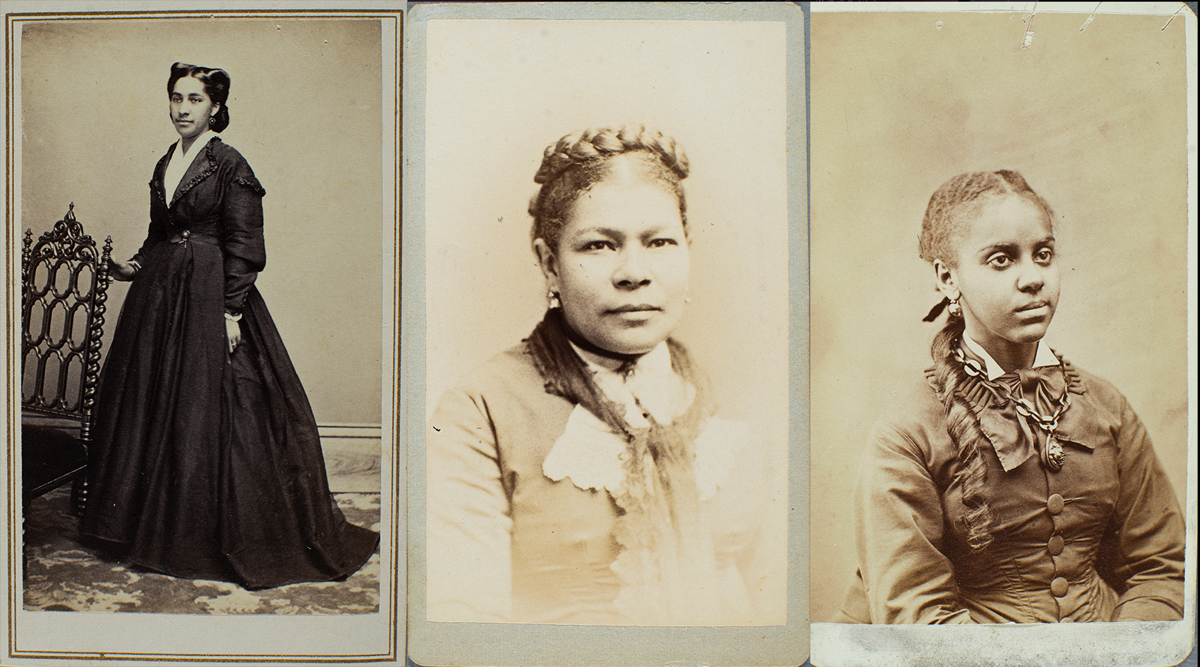
“These albums are intimate objects,” Best says. “The photographs were touched and shared and held.” Mounted onto thick paper, carte-de-visite photos were, essentially, calling cards that visitors would offer theirs hosts as mementos. The album books themselves were given to Hayden in the early 1860s by two fellow activists in Boston: civil rights attorney Robert Morris and physician Samuel T. Birmingham. Hayden would have added and rearranged the photos inside over the years, and Best considers the albums to be narrative objects, in more ways than one. In the absence of written letters or diaries (Hayden didn’t learn to read and write until later in life), the images give today’s historians a glimpse of Hayden’s life and work.
But Best is also thinking about the stories the photographs would have imparted to people in their own era. “These albums would have been on the parlor table or the front table as an object of display, along with other mementos and gifts from people in the community,” she says. Other activist friends would have leafed through the books, but also, Best adds, “the Haydens were hosting many freedom-seekers. When you think about what the people in the photographs are wearing”—formal frock coats and ties, ribboned hoop dresses, pearls and pocket watches—“I mean, imagine the freedom-seekers looking at these people. Imagine the inspiration of looking at those pictures and saying, ‘Wow, this is who I could be. This is who we are.’”
